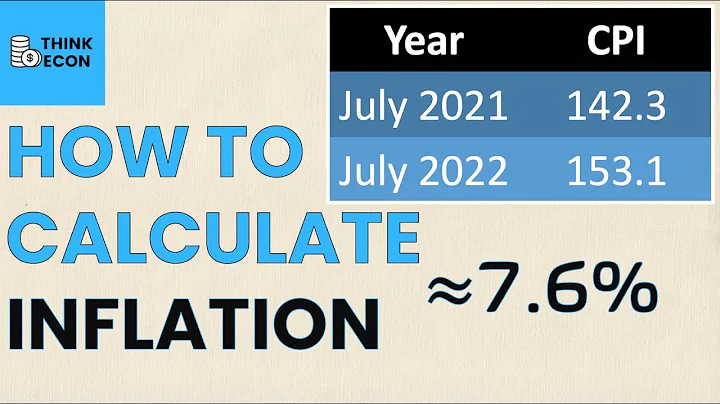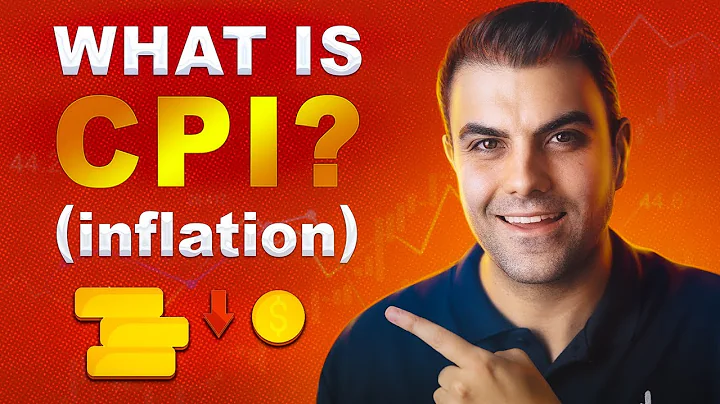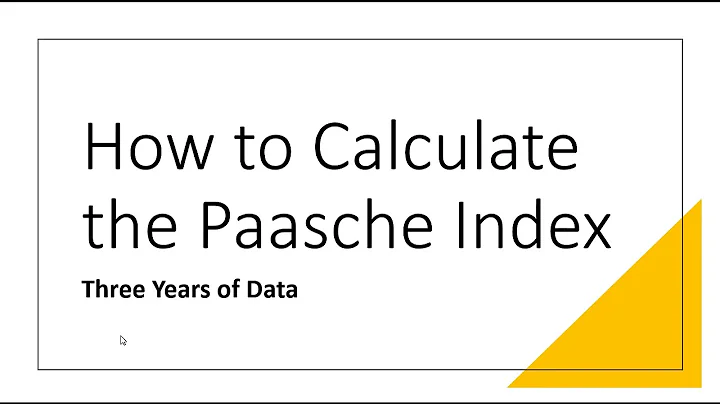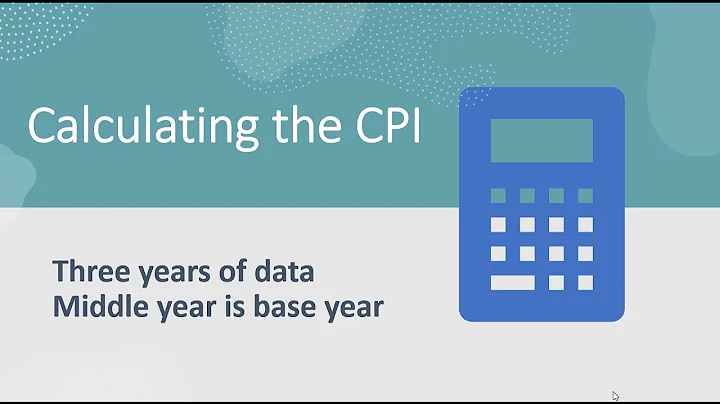U.S. prices are rising at the fastest pace in nearly 30 years, while incomes are plummeting at an unprecedented rate. The core U.S. inflation indicator exploded again in April.
According to statistics from the U.S. Department of Commerce, the U.S. PCE price index rose by 3.6% year-on-year in April, exceeding expectations by 3.5%, a significant increase from the previous value of 2.3%, the fastest growth rate since 2008, much higher than the official of the Federal Reserve Inflation target is 2%.

After excluding volatile food and energy prices, the core PCE price index rose by 3.1% year-on-year in April, exceeding expectations of 2.9%, a significant increase from the previous value of 1.8%, the highest since 1992. The core PCE price index is the Fed's favored inflation measure.

The rise in inflation indicators is accompanied by a sharp decline in personal income. The personal income of the United States in April was -13.1% month-on-month, slightly better than the expected -14.2%, and a sharp decline from the previous value of 21.1%. Personal consumption expenditures (PCE) in April increased by 0.5% month-on-month, which was expected to be 0.5% and the previous value was 4.2%.

Some market analysts pointed out that the factors affecting income are only temporary. Previously, due to the new crown epidemic stimulus plan, many families in the United States received checks of US$1,400 in March, despite a decrease in income in April. But many American families still have a lot of cash.
The base effect drove the indicator to rise
Some market analysts believe that the key inflation indicators in April rose faster than expected, and the biggest driving factor came from the base effect - the overall base of the data in the same period last year was low due to the epidemic blockade.
At the same time, as the economies of various states in the United States restart, demand in all aspects has increased sharply, but the relevant supply chains are not yet fully prepared.
But the situation of income and expenses is actually very complicated: after the stimulus measures were exhausted, income fell by 13.1% month-on-month, and expenses increased by only 0.5% month-on-month. It was the worst income collapse on record, causing savings rates to plummet.

Affected by base factors, wages for workers in the private sector have increased at a record high.

After the data was released, CME's "Fed Watch" data remained basically unchanged. The probability that the Fed would maintain interest rates in the 0%-0.25% range in June was 89%, and the probability of raising interest rates 25 basis points to the 0.25%-0.50% range. is 11%; the probability of maintaining interest rates in the 0%-0.25% range in September is 89%, and the probability of raising interest rates by 25 basis points is 11%.
Since last year, the Fed has maintained a more lenient approach to its inflation gauge, seeking to achieve modestly higher price increases than its target to make up for years of low inflation while pushing for full employment.
But Fed officials also said they were prepared to take action if inflation or inflation expectations get out of control. After the
data was released, spot gold continued its upward trend and moved higher in the short term. Yields on long-term U.S. Treasury bonds were little changed.
This article comes from Wall Street Insights





















